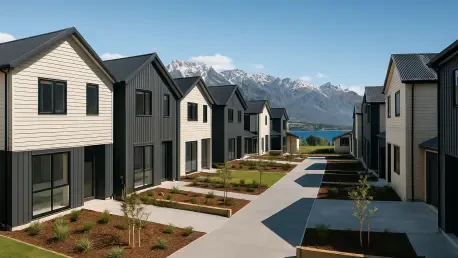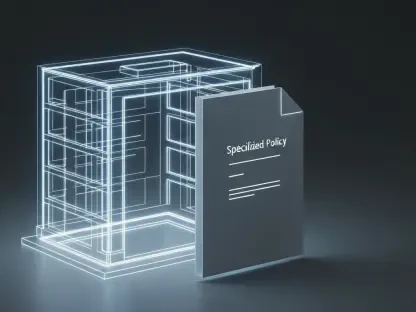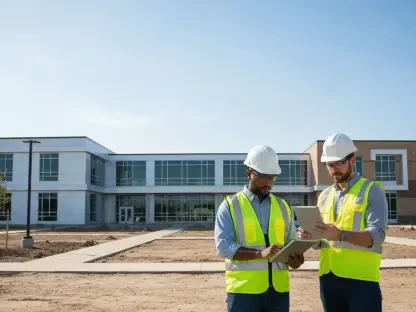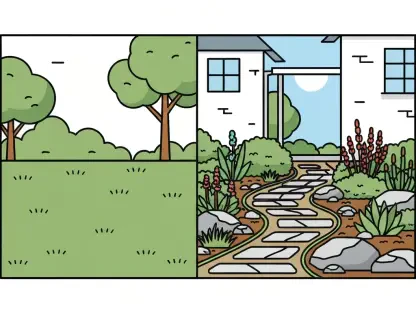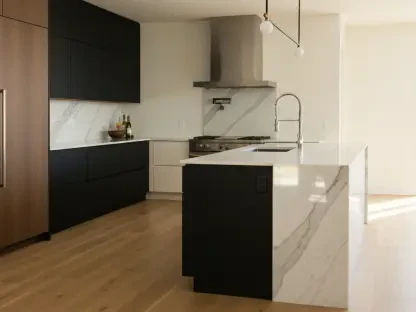In a nation grappling with severe housing shortages, particularly in high-demand areas, a groundbreaking initiative in Queenstown is drawing attention as a potential game-changer for addressing affordability and security challenges. Simplicity, a non-profit fund manager based in New Zealand, has embarked on an ambitious $500 million build-to-rent (BtR) project, constructing 600 homes on a sprawling 6.1-hectare site at Ladies Mile. This development, the largest of its kind for the organization and its first outside Auckland, signals a bold step toward alleviating the housing crisis in one of the country’s most unaffordable markets. With Queenstown often out of reach for many residents due to skyrocketing costs, this project raises a critical question: can innovative BtR models provide a scalable solution to a deeply entrenched problem? As the nation watches, the intersection of corporate vision, local need, and stabilizing economic conditions offers a glimpse of hope for transformative change.
Innovative Housing Models in High-Demand Regions
Queenstown’s Pioneering Development
Simplicity’s venture into Queenstown, spearheaded by its subsidiary Simplicity Living, represents a significant milestone in the BtR sector, targeting a market where housing affordability has long been a pressing concern. The project, encompassing 600 homes, is designed to create a unique “residential park atmosphere” with shared amenities like work-from-home spaces, comfortable lounges, and outdoor storage areas tailored to modern living needs. Managing Director Shane Brealey has highlighted the strategic suitability of the Ladies Mile site, emphasizing the commitment to delivering high-quality housing with secure tenure. This initiative is not merely about building homes but about fostering community-oriented spaces that address both practical and lifestyle demands. With Queenstown’s housing market often described as prohibitively expensive, such developments could redefine accessibility for local residents, offering a model that prioritizes long-term stability over speculative investment.
Expanding Beyond Queenstown with Ambitious Goals
Beyond this flagship project, Simplicity’s broader vision includes constructing 10,000 BtR homes across New Zealand, a target that underscores the scale of ambition needed to tackle nationwide housing shortages. In Auckland, the organization is already making strides, with 889 homes under construction and plans for an additional 93 apartments in Northcote by the end of the current year. This multi-regional approach demonstrates a commitment to addressing housing challenges in diverse markets, from urban centers to tourist-driven locales like Queenstown. Local leaders, such as Queenstown Lakes District Mayor Glyn Lewers, have hailed the Ladies Mile development as a transformative step, providing much-needed stability for residents struggling with insecure housing options. The convergence of corporate strategy and community impact in these projects suggests that BtR could serve as a viable framework for scaling solutions, particularly in areas where traditional homeownership remains elusive for many.
Economic Recovery and Policy Support for Housing Growth
Stabilization of Construction Costs
The backdrop to Simplicity’s initiatives is a construction sector showing signs of recovery after years of economic turbulence, with costs and inflation previously posing significant barriers to housing development. In the past, construction inflation soared beyond 18%, and building costs in New Zealand were double those in neighboring Australia, severely hampering progress. However, recent data indicates a shift, with the average cost of building a standard home rising by just 0.8% over the past year, a stark contrast to the 44% surge seen in earlier periods. Housing Minister Chris Bishop, speaking at a recent industry event, noted this stabilization as a sign that the sector may be nearing the bottom of its economic cycle. For developers like Simplicity, this offers greater price certainty, enabling larger-scale projects without the fear of runaway expenses. Such trends are critical for sustaining momentum in BtR developments and ensuring that affordability remains a core focus.
Policy Reforms and Industry Confidence
Complementing economic improvements are targeted policy reforms aimed at fostering growth in New Zealand’s building sector, creating a more conducive environment for innovative housing solutions. Measures such as self-certification processes, acceptance of international product standards, and reduced council liability are designed to streamline development and lower barriers for companies entering the market. Additionally, record-high residential building consents—1,490 dwellings in the Queenstown region alone for the year to July—signal renewed confidence among developers. Minister Bishop has expressed enthusiasm for large-scale projects like Simplicity’s, viewing them as emblematic of a sector poised for transformation. Local and national stakeholders alike recognize that these reforms, paired with stabilizing costs, provide a foundation for addressing housing shortages more effectively. The synergy of policy support and economic recovery could prove instrumental in scaling BtR models nationwide, offering a blueprint for sustainable growth.
Reflecting on a Path Forward
Looking back, the journey of New Zealand’s housing sector revealed a landscape marked by daunting challenges, from rampant inflation to prohibitive building costs that once stalled progress. Yet, initiatives like Simplicity’s Queenstown project stood as beacons of innovation, demonstrating how BtR developments could reshape communities by prioritizing accessibility and stability. As the industry navigated past economic lows, the stabilization of costs and record consents painted a picture of cautious optimism. Moving forward, the focus must shift to sustaining this momentum through continued policy refinement and investment in scalable housing models. Stakeholders across corporate, local, and national levels should collaborate to replicate successful projects in other high-need areas, ensuring that the lessons learned from Queenstown inform broader strategies. By fostering environments where BtR can thrive, New Zealand has the opportunity to build not just homes, but resilient communities equipped for future demands.
